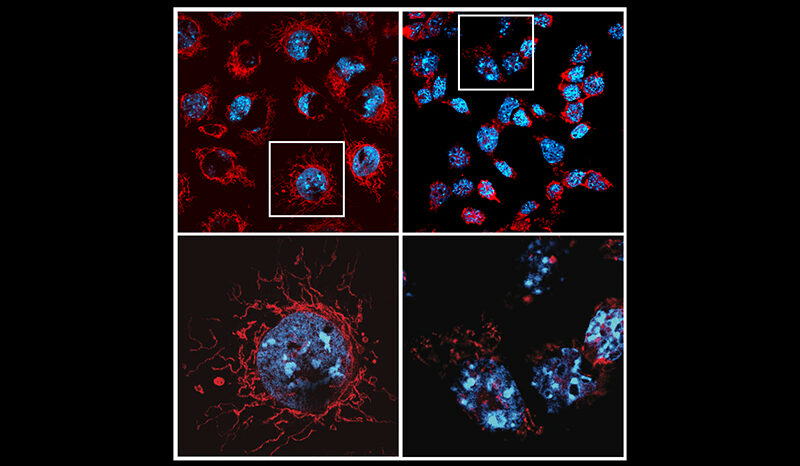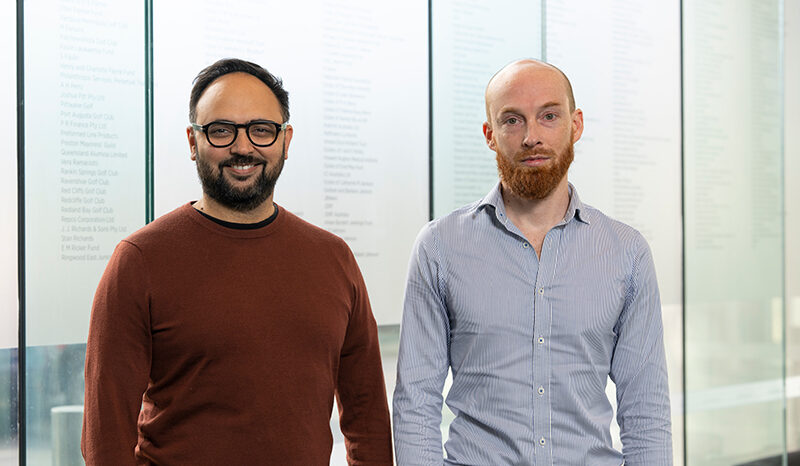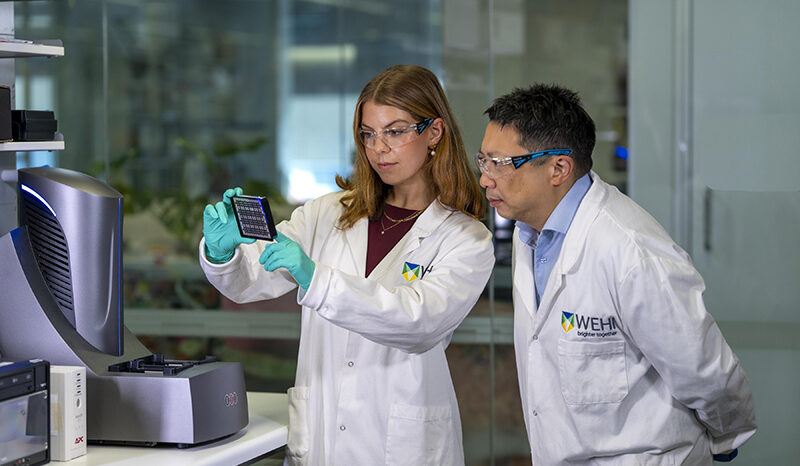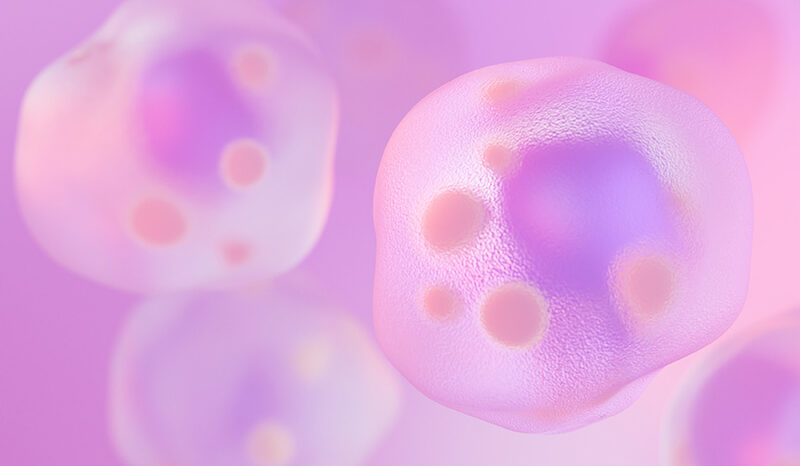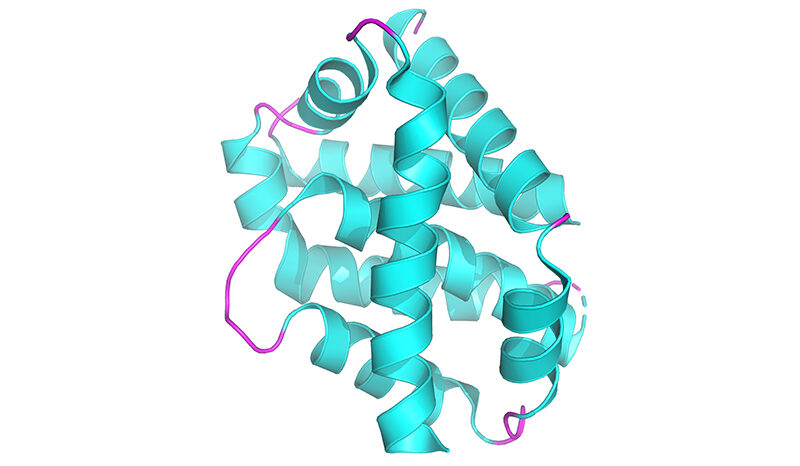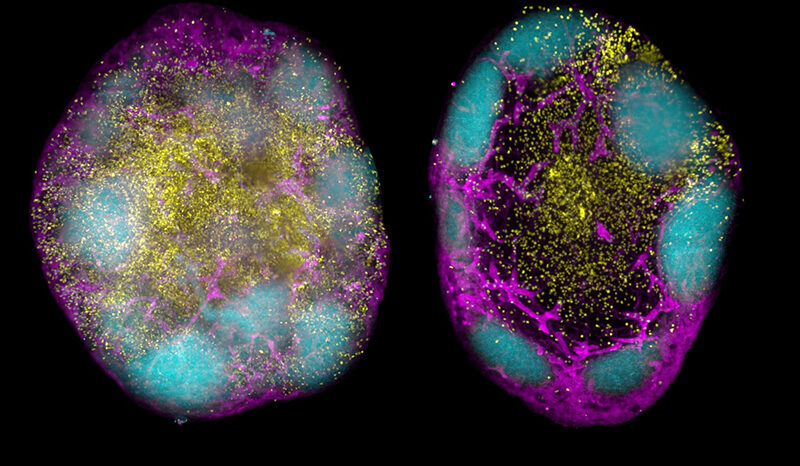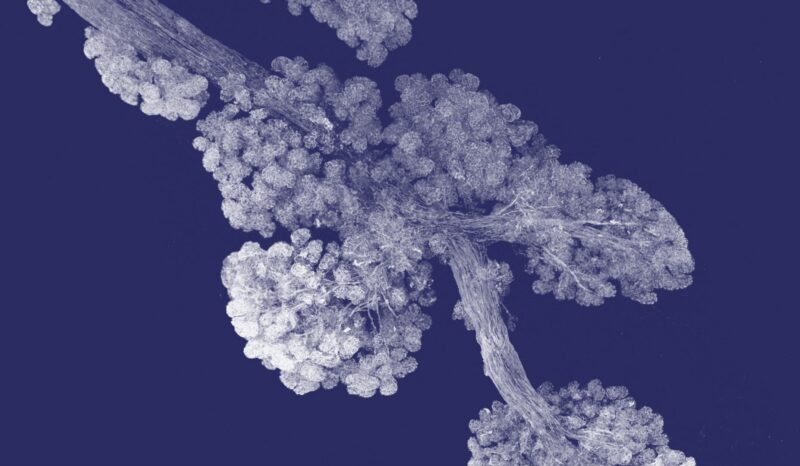Giardiasis is a diarrhoeal disease caused by the parasite Giardia duodenalis.
Giardia is a tiny, single-celled organism with multiple whip-like tails, called flagella. The parasite lives in the small intestine of mammals – including humans – where it interferes with the absorption of nutrients from food. As the parasite travels down the digestive tract, it develops into cysts that are shed in faeces. The cysts can survive in the environment for weeks or months.
The Giardia parasite is transmitted when people swallow cysts via hand-to-mouth contact. For example, outbreaks are common in childcare centres due to poor hand hygiene after changing nappies.
Transmission can also occur through contaminated water supplies: the parasite is spread when people drink the water, use it to wash their food or ingest it during recreational activities such as swimming. This is a common route of infection for travellers and people hiking or camping in the wilderness.
There are up to 600,000 cases of giardiasis in Australia each year, and more than 280 million cases worldwide. The disease has a disproportionately high impact on children in impoverished communities, including in remote Indigenous communities in Australia.


